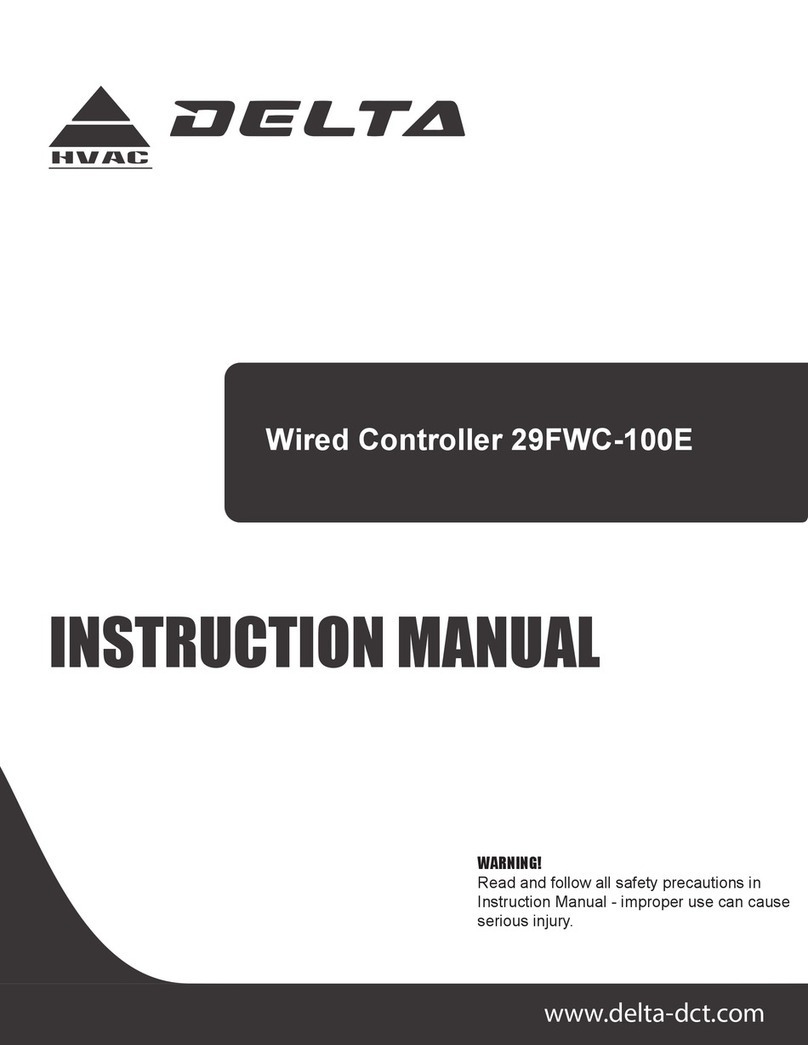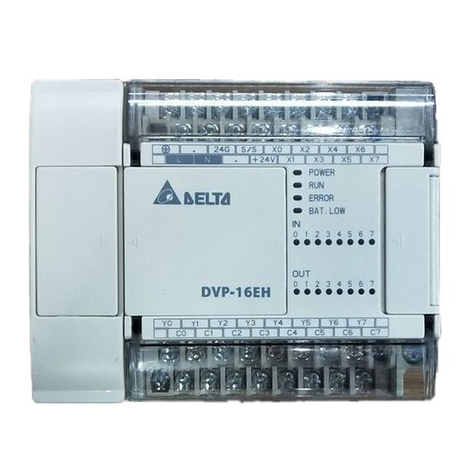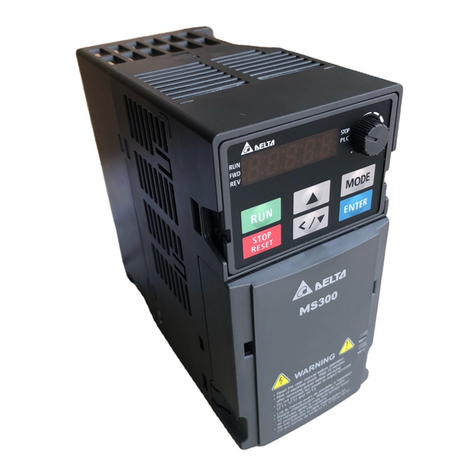Delta DVP-PLC Instructions for use




















Table of contents
Other Delta Controllers manuals

Delta
Delta AS Series User manual
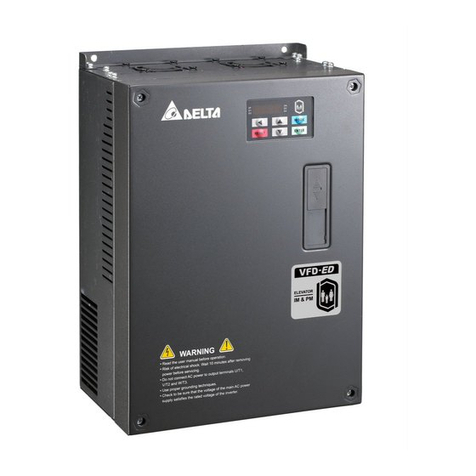
Delta
Delta VFD-ED Series User manual
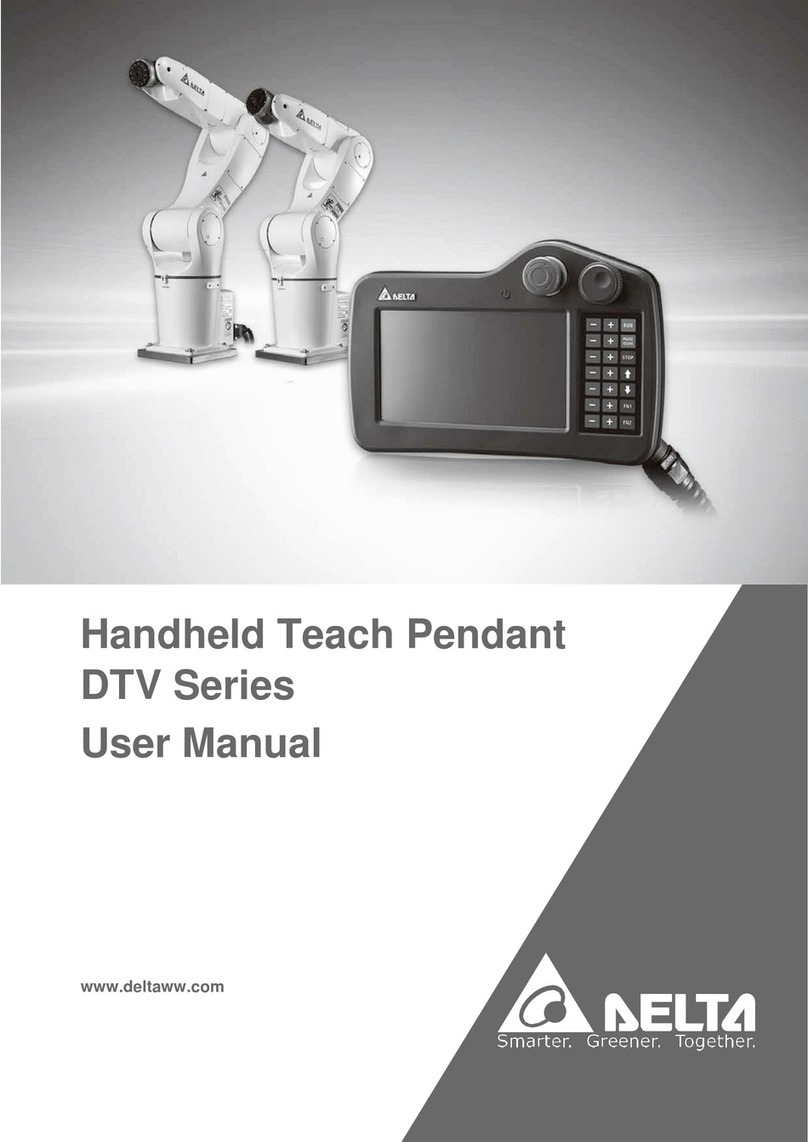
Delta
Delta DTV Series User manual
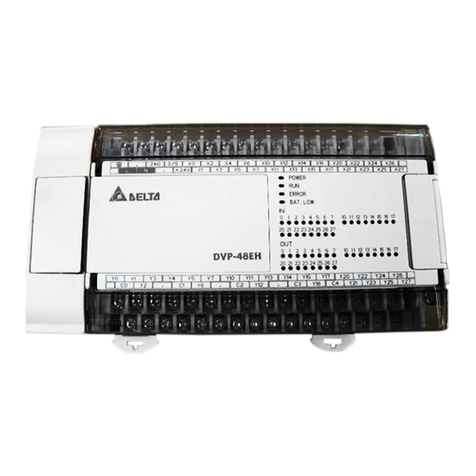
Delta
Delta DVP-EH3 User manual
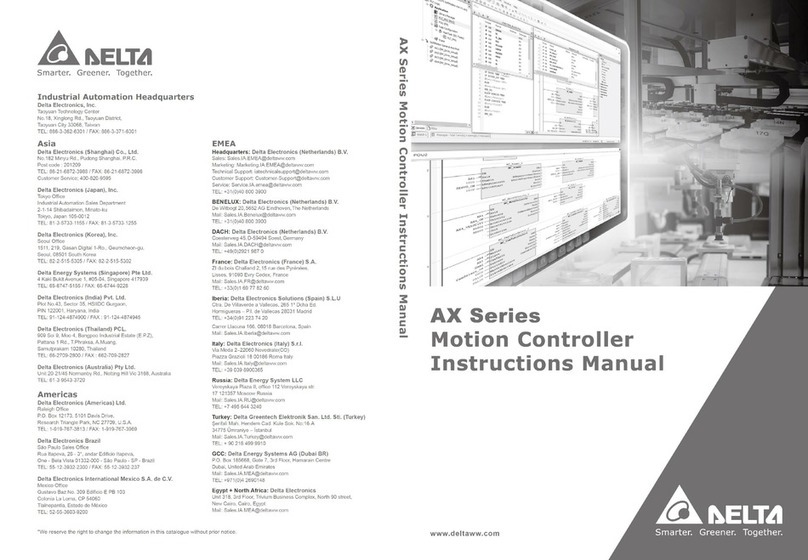
Delta
Delta AX Series User manual
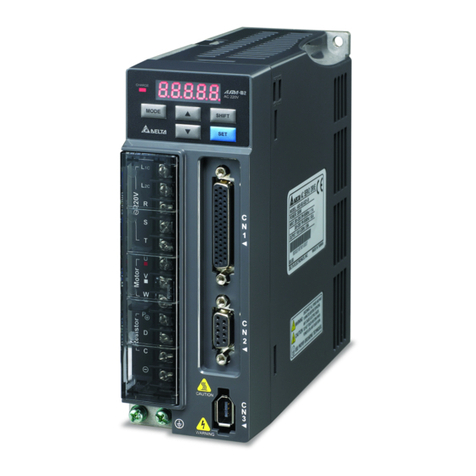
Delta
Delta ASD-B2-0121-B User manual
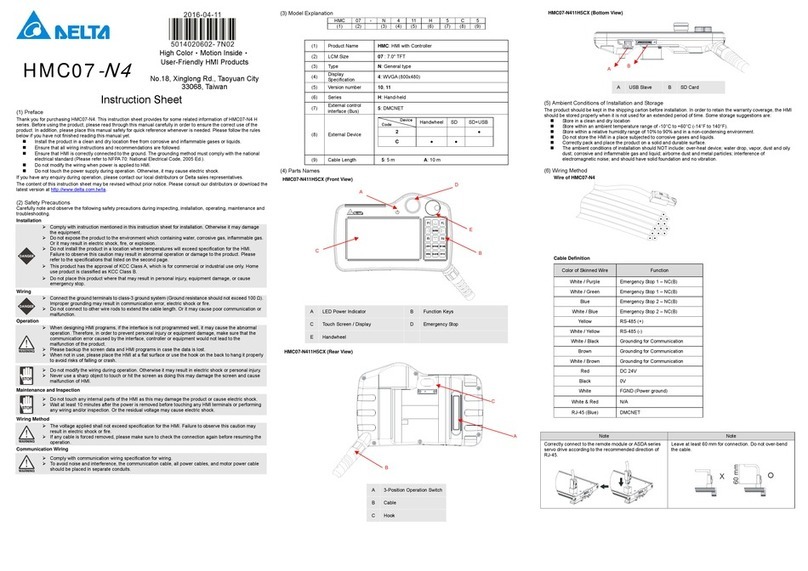
Delta
Delta HMC07-N4 User manual
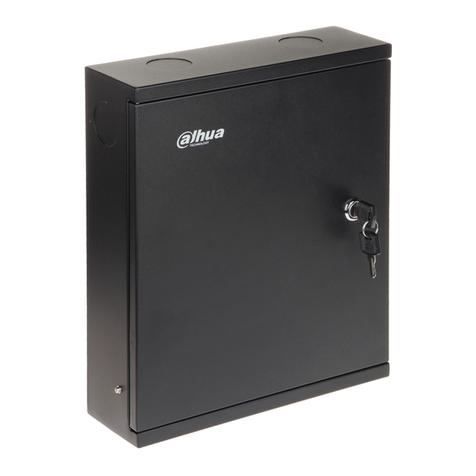
Delta
Delta ASC2204C-H User manual
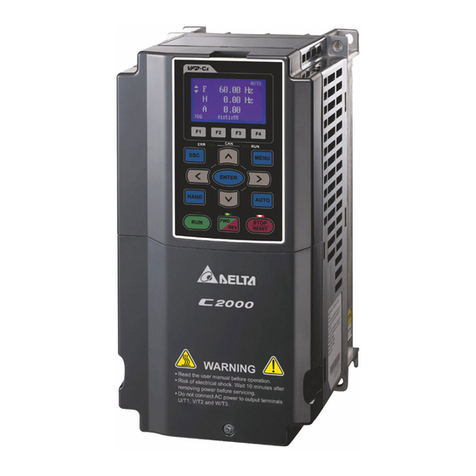
Delta
Delta C2000 Series User manual
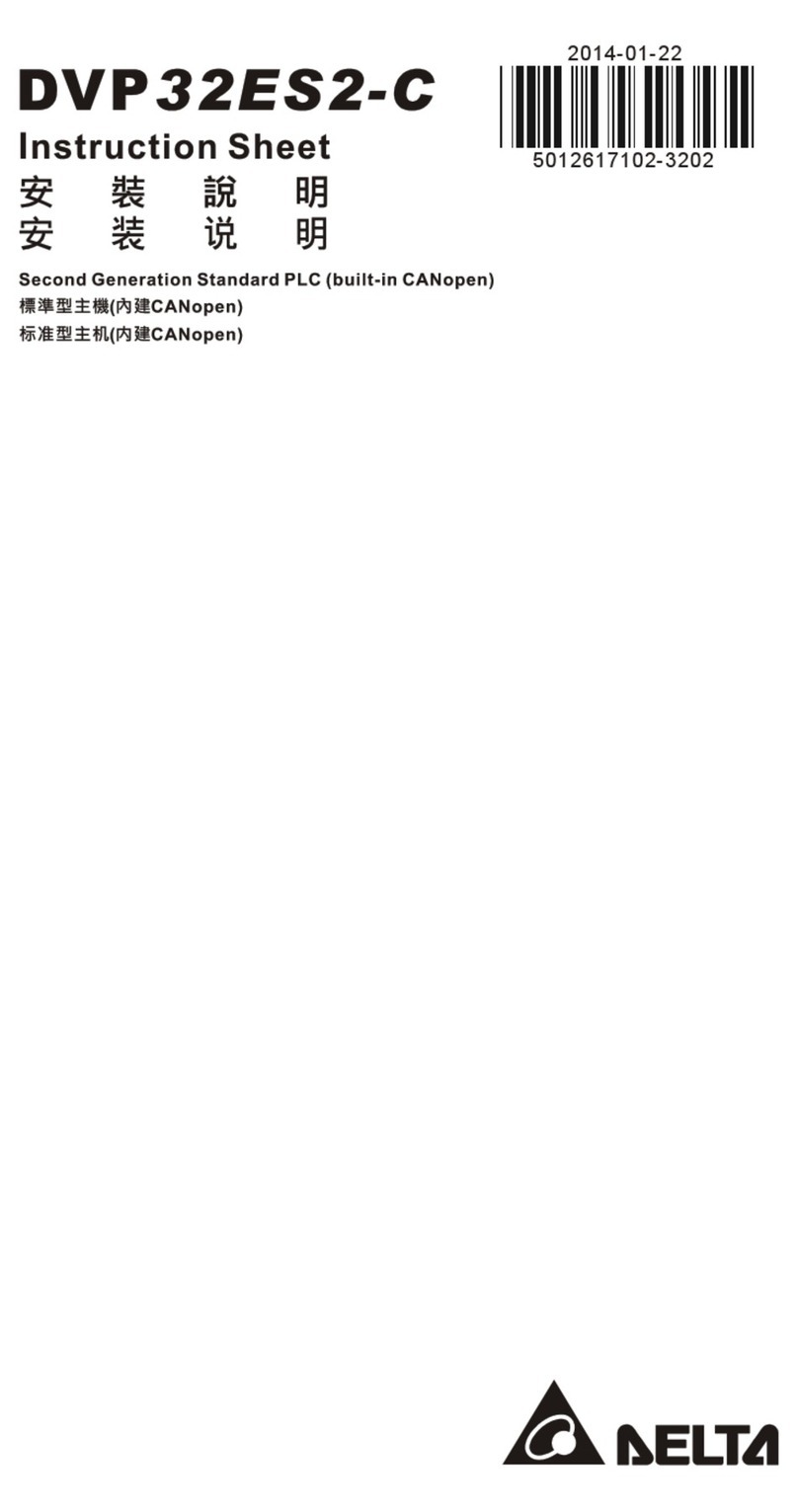
Delta
Delta DVP32ES200RC User manual
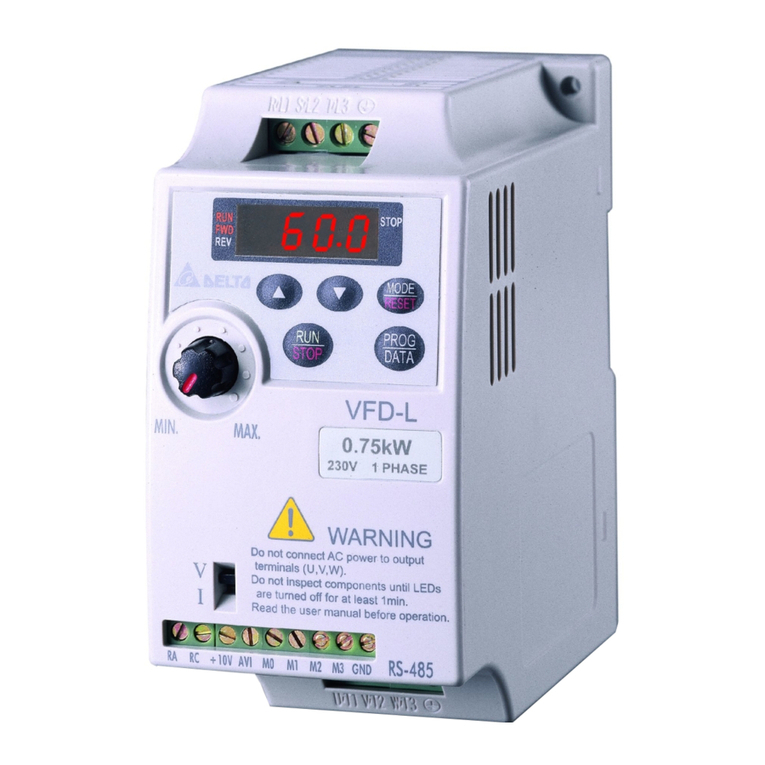
Delta
Delta VFD-L Series User manual
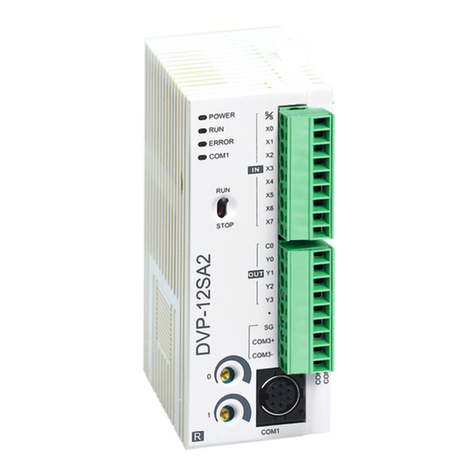
Delta
Delta DVP-SA2 User manual
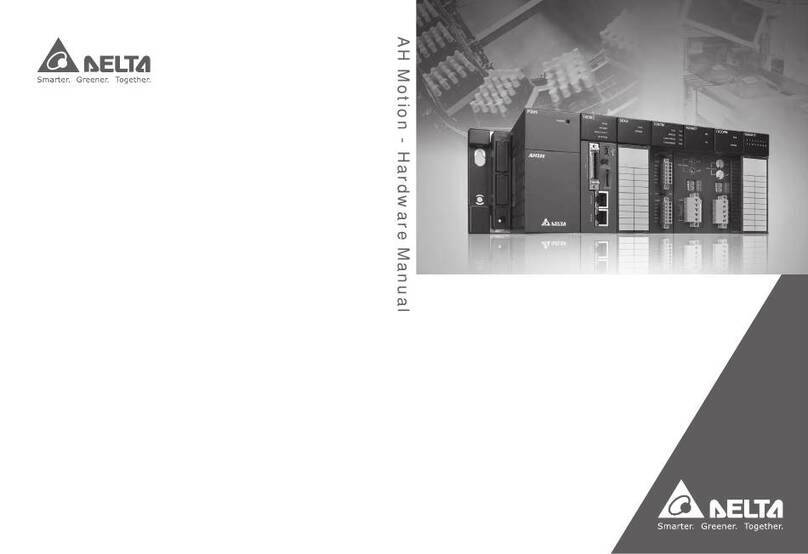
Delta
Delta AH Motion Series User manual

Delta
Delta RMC150 User guide
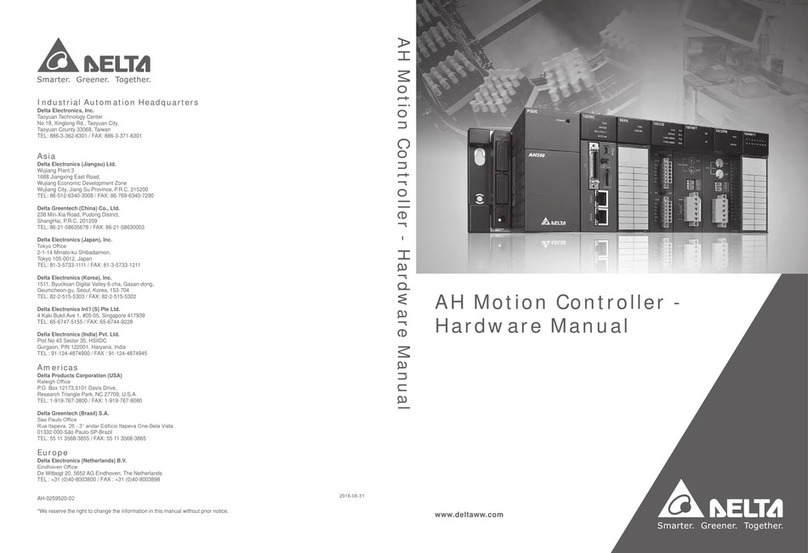
Delta
Delta AH Series User manual
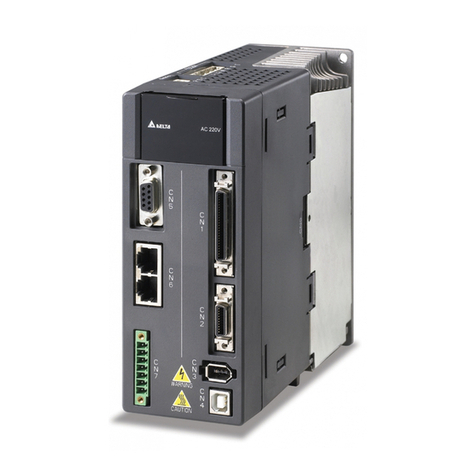
Delta
Delta ASDA-A2 Series User manual
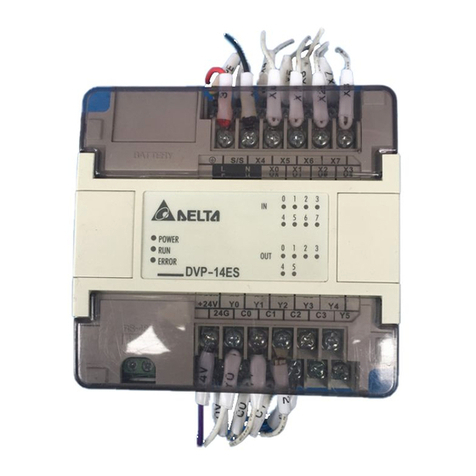
Delta
Delta DVP14ES00R2 User manual

Delta
Delta DC-132 Series User manual
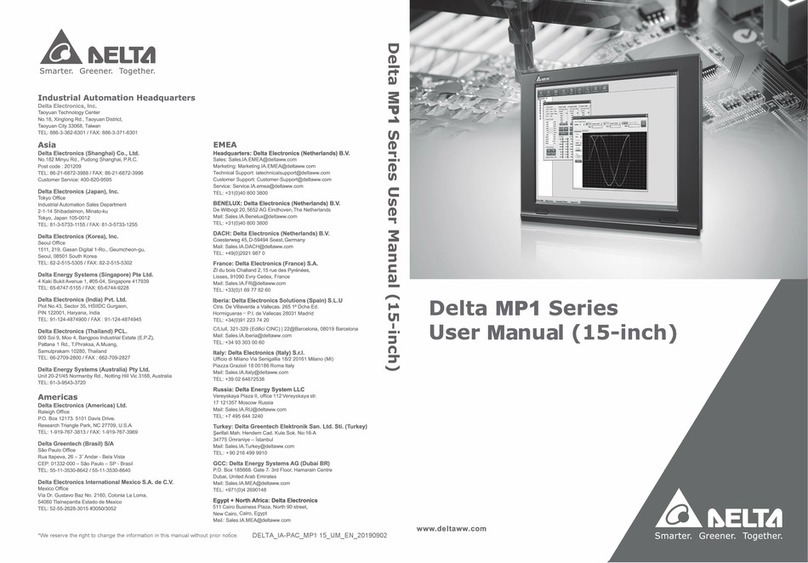
Delta
Delta MP1 Series User manual
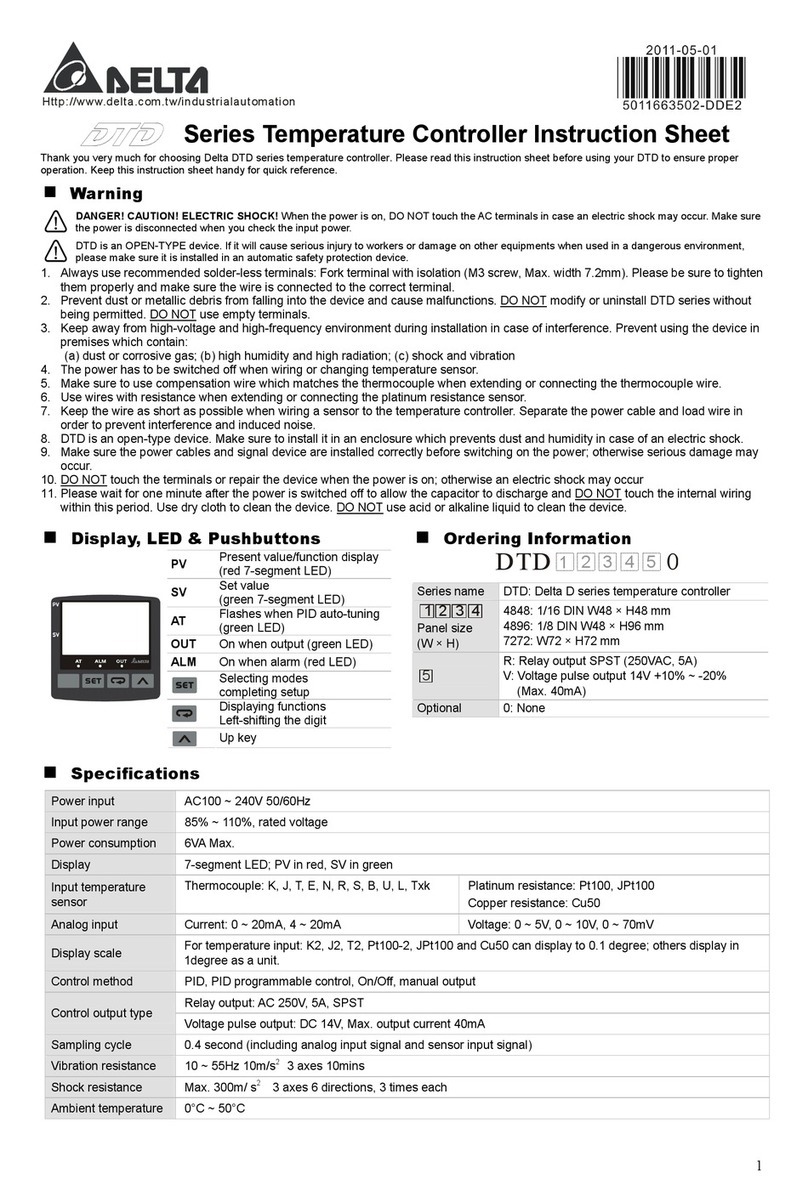
Delta
Delta DTD Series User manual
Popular Controllers manuals by other brands
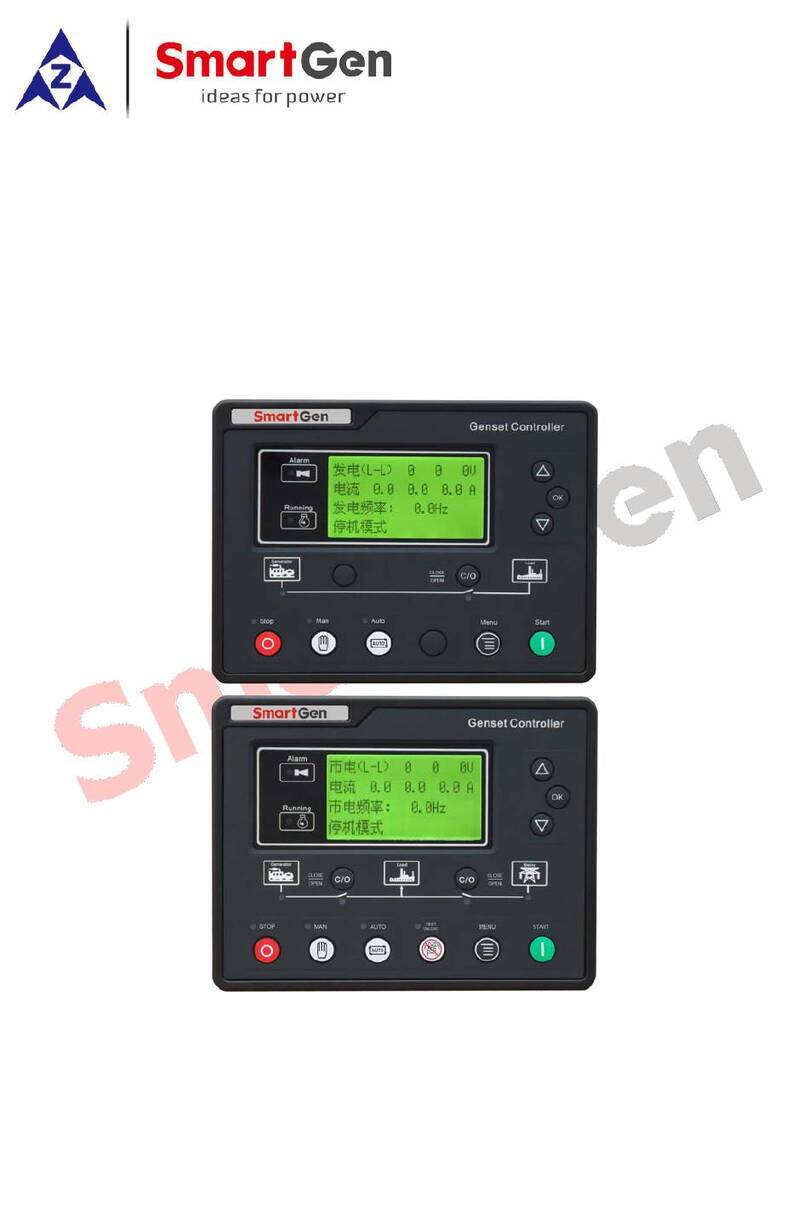
Smartgen
Smartgen HGM6100U2C Series user manual
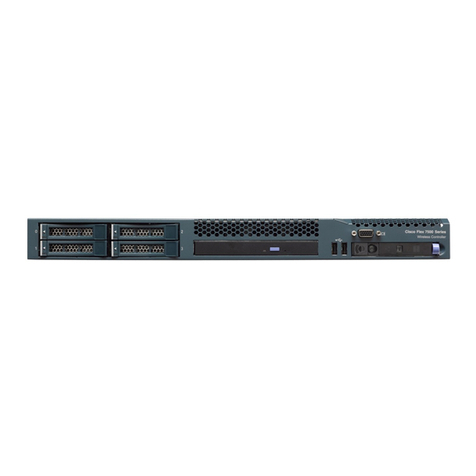
Cisco
Cisco Flex 7500 Series Deployment guide
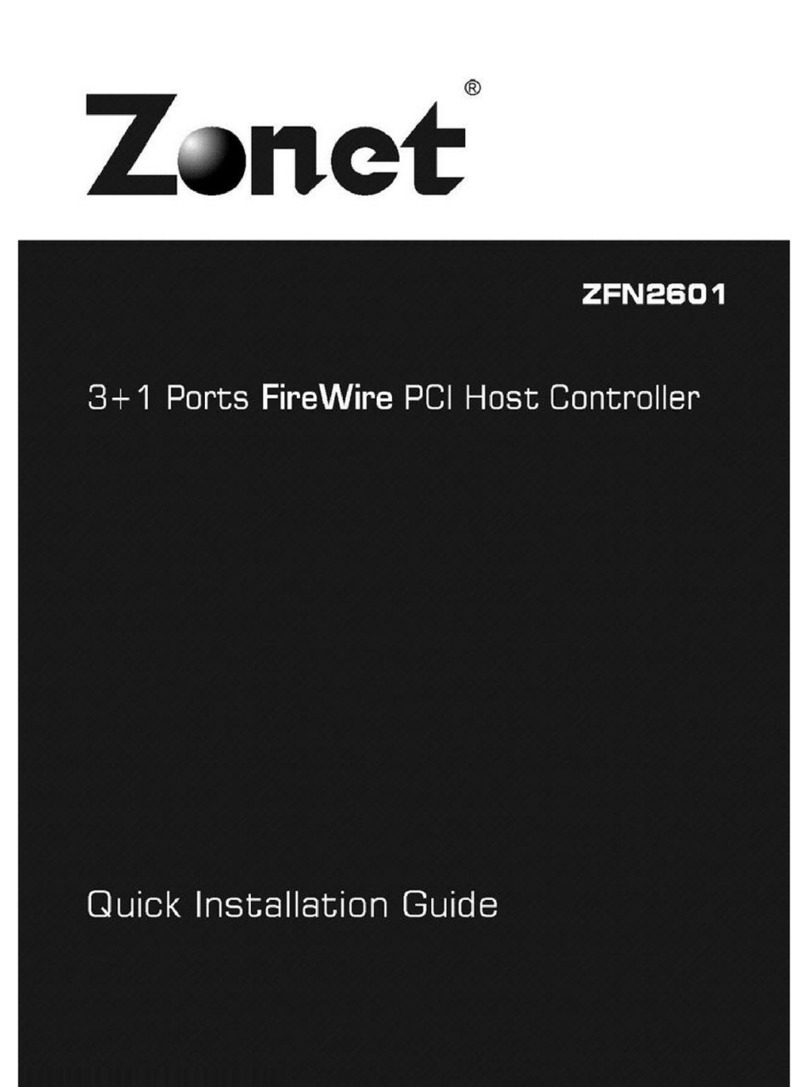
Zonet
Zonet ZFN2601 Quick installation guide
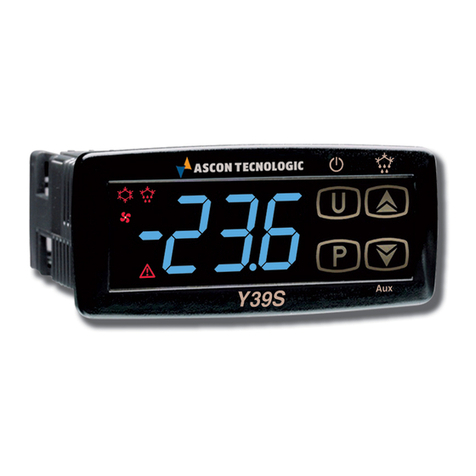
Ascon tecnologic
Ascon tecnologic Y33S operating instructions
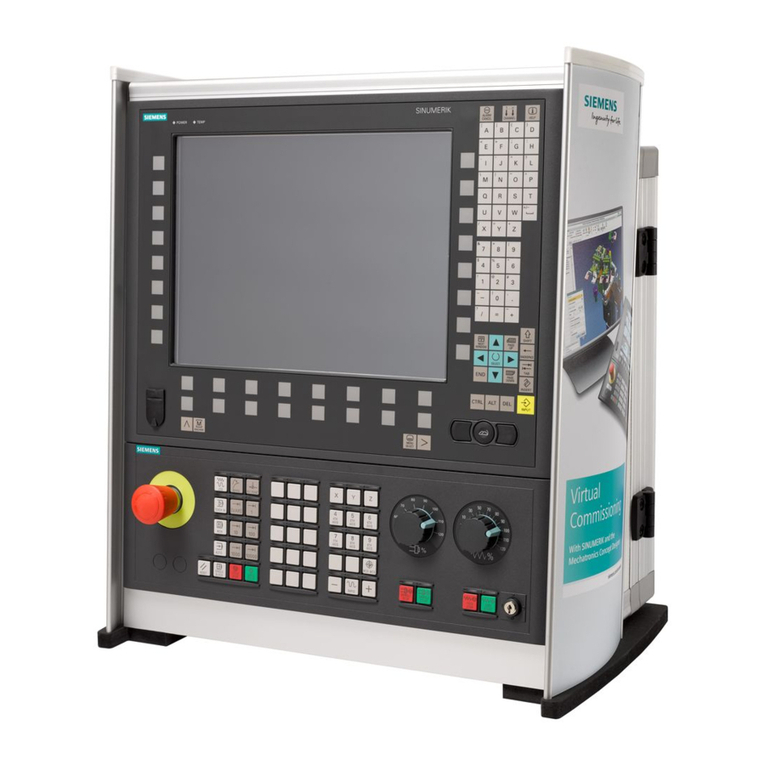
Siemens
Siemens SINUMERIK 840D sl operating manual
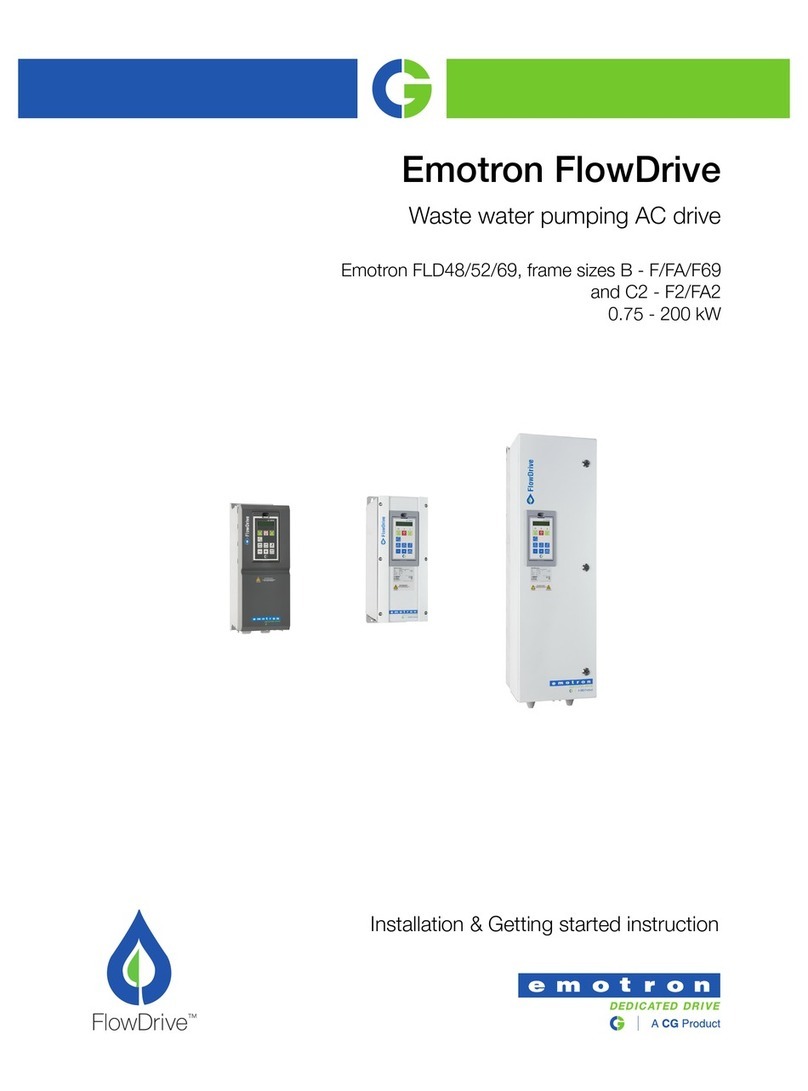
Emotron
Emotron FLD48-058-20 Installation & Getting started instruction

Watlow
Watlow Single and Dual Loop Controller Series PD Specifications
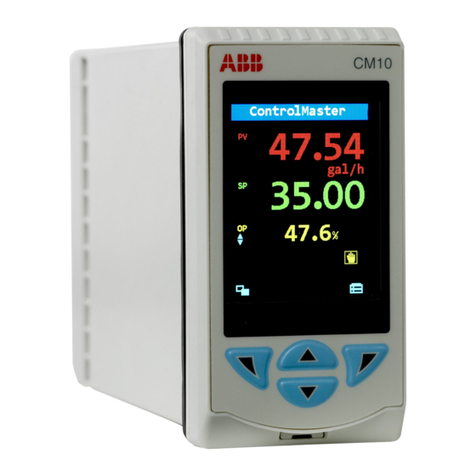
ABB
ABB ControlMaster CM10 Commissioning instructions
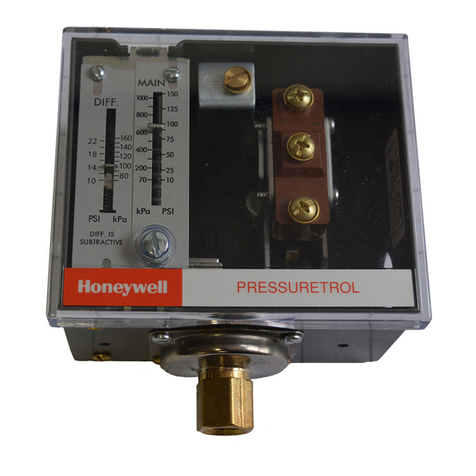
Honeywell
Honeywell Pressuretrol L404 Series manual

Philips
Philips dynalite DDBC120-DALI installation manual
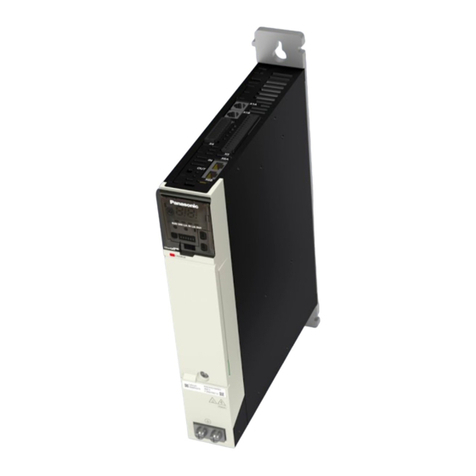
Panasonic
Panasonic MINAS A6 Series quick start guide

Honeywell
Honeywell MN7505 installation instructions
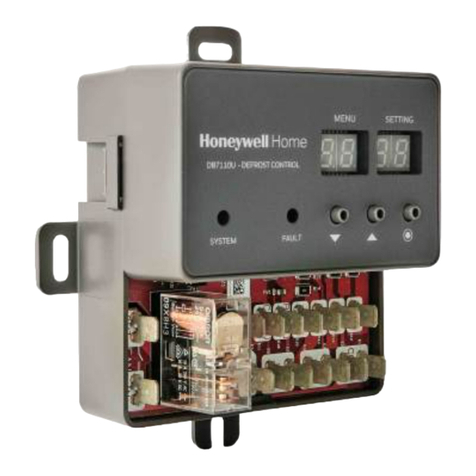
Honeywell Home
Honeywell Home DB7110U installation instructions
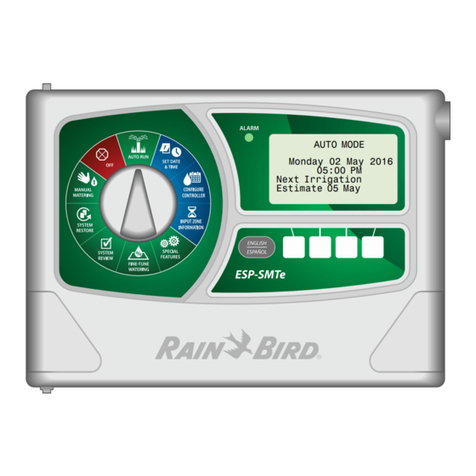
Rain Bird
Rain Bird ESP-SMTe user manual
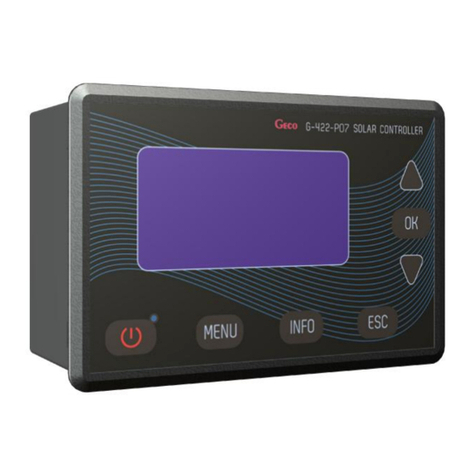
Hewalex
Hewalex G-422-P09 user manual
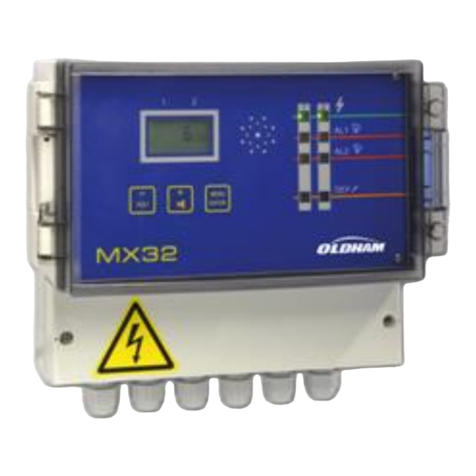
Oldham
Oldham MX 32 Installation and operating manual

BLAUBERG Ventilatoren
BLAUBERG Ventilatoren SGS E1 Operation manual
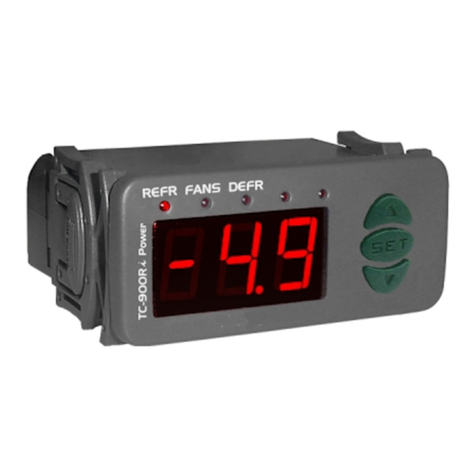
Full Gauge Controls
Full Gauge Controls TC-900i power Operation instructions

